Managed API services from Azure Healthcare APIs are built on open standards and frameworks, enabling workflows in healthcare to be improved and comprise scalable, secure solutions.
With healthcare analytics and insights, you can improve outcomes
Microsoft Azure Healthcare APIs help you manage protected health information (PHI) at scale.
Exchange data quickly and run new applications with APIs for health data standards including Fast Healthcare Interoperability Resources (FHIR®) and Digital Imaging Communications in Medicine (DICOM). Tools and connectors for easy data acquisition, standardization, and transformation.
Connect to tools for visualization, machine learning (ML), and artificial intelligence for deeper insights.
Features
- Azure IoT Connector for FHIR and managed, enterprise-grade FHIR and DICOM services for quick deployment
- The cloud can be used to combine health datasets and standardize data.
- Connectors to Azure Synapse Analytics, Azure Machine Learning, and Power BI to generate insights from real-world data.
- The system is designed to handle protected health information (PHI) and to meet all regional compliance requirements, including HIPAA, GDPR, and CCPA.
Improve the efficiency of health workloads
Integrate data across patient outputs in the cloud to simplify the exchange of PHI. Azure Healthcare APIs allow you to standardize diverse data streams like clinical, imaging, and device data using FHIR and DICOM services, as well as the Azure IoT Connector for FHIR. As a result, patients benefit from better outcomes, clinical research is more efficient, and clinical trial decisions are more informed.
Analyze PHI data in real time
Build new applications based on SMART on FHIR using PowerBI and Azure Synapse Analytics and Develop new algorithms to assist in diagnosis and research using machine learning. Streamline the way organizations and records are managed by bringing their data into the cloud and then you can transform the results into real-world actionable items by connecting various ML and AI pipelines.
Trusted cloud architecture
With enterprise data workload management, you can scale, maintain high availability, and restore data in a disaster. Data can be managed in compliance with ISO, HITRUST, FedRAMP, SOC and Azure BAA certifications.
There are several differences between Azure Healthcare APIs and Azure API for FHIR:
The Azure Healthcare APIs now support a number of health data standards for the exchange of structured data.
By using a single set of Azure Healthcare APIs, you can deploy multiple instances of a variety of service types (FHIR Service, DICOM Service, and IoT Connector) that work seamlessly together.
FHIR SERVICE
By implementing Fast Healthcare Interoperability Resources (FHIR®) APIs in the Azure Healthcare APIs, users can exchange data rapidly. Cloud-based Platform as a Service (PaaS) that is managed.
It simplifies ingesting, managing, and preserving Protected Health Information (PHI) in the cloud for anyone who is interested in health data.
- Provides cloud-based FHIR services that can be provisioned in minutes.
- Endpoint for accessing and storing data in FHIR format that is enterprise-grade and offered in Azure.
- Performs well and has low latency.
- Protecting health information (PHI) in a compliant cloud setting.
To take advantage of the elastic scaling of the cloud, FHIR allows you to quickly create and deploy FHIR servers. Azure is designed to provide fast performance regardless of the size of the datasets you are managing or the number of users.
DICOM service
Digital Imaging and Communications in Medicine, also known as DICOM, is an international standard for transmitting, storing, retrieving, printing, displaying, processing, and printing medical images and Health care professionals use it as the primary medical imaging standard.
On Azure Healthcare APIs workspace, DICOM services are managed services that require an Azure subscription and an Azure Active Directory account.
The DICOM service injects DICOM metadata into a FHIR service, or server, allowing both imaging metadata and clinical data to be viewed and managed from one location.
FHIRTM supports storing imaging data references in FHIRTM, enabling queries of clinical and imaging datasets through the DICOM service.
The following are just a few examples of how this can be used:
- Identifying similar patient outcomes to plan treatment: In the case of similar diagnoses, a physician can identify patient outcomes and treatment plans from past patients, even if the patient had imaging data at the time.
- Monitoring a patient longitudinally during diagnosis: The medical history of a patient and related imaging studies are often unavailable to radiologists, especially those who practice teleradiology. By integrating FHIRTM, radiologists even outside the organization’s network can easily access this data.
IoT connector
Azure Healthcare APIs’ Internet of Things (IoT) connector service facilitates the ingestion of health data from many different IoMT (Internet of Medical Things) devices and storing that data using FHIR.
A health data connector for IoT is vital because patient health data can be fragmented across different systems, devices, and formats. It is not easy to manage healthcare data, but learning from the data can be one of the biggest barriers to understanding population health as well as maintaining health.
IoT connectors transform device data into FHIR®-based Observation resources that are delivered as Azure Healthcare APIs FHIR services. This facilitates the discovery of operational and clinical insights, the exchange of new device applications, and the development of new research projects through a common access, standardization, and trend capture approach. You use the mappings to filter and transform the IoMT messages into the FHIR format.
The Healthcare APIs: Authentication and Authorization
Authentication
Healthcare APIs, provided by Azure Active Directory (Azure AD), are secure managed services using OAuth 2.0.
For the Healthcare APIs services to access Azure resources, such as storage accounts and event hubs, you must enable the system managed identity, and grant proper permissions to the managed identity. Clients can manage client applications and control access to user data by using their own identity provider.
Authorization
With the right application roles assigned by Azure AD, authenticated users and client applications can perform specific tasks defined by their application roles and use the Healthcare APIs services.
Conclusion:
Azure Healthcare APIs enable new applications to use Protected Health Information (PHI) by providing access to real-world data (RWD), which comes from Electronic Health Records consistently, using standards such as FHIR and DICOM.
By combining machine learning, analytics, and AI tools with these datasets, you can extract real-world evidence (RWE), gain new insights, and improve clinical and operational outcomes.
Author- Nilam Chauhan (Software Engineer)

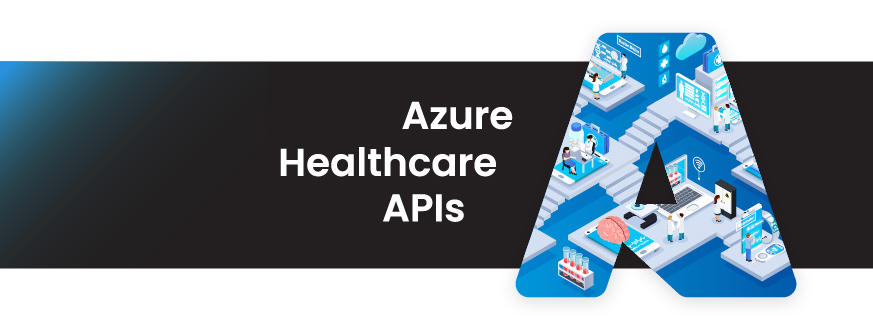





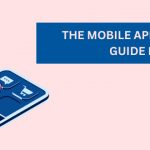
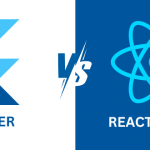
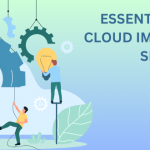
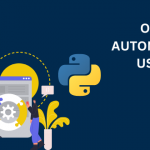


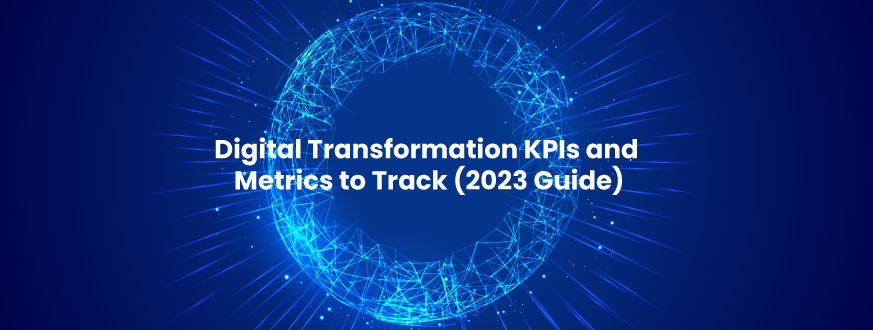

Get in Touch